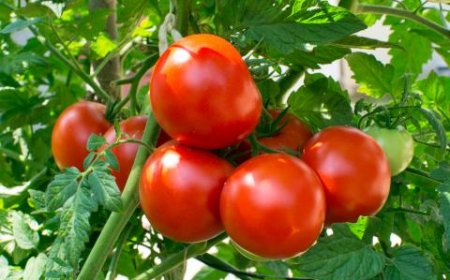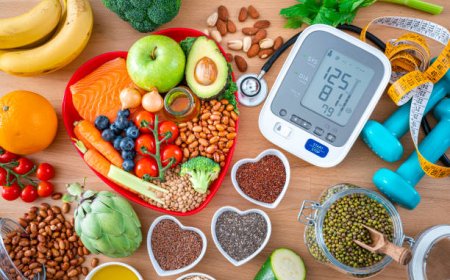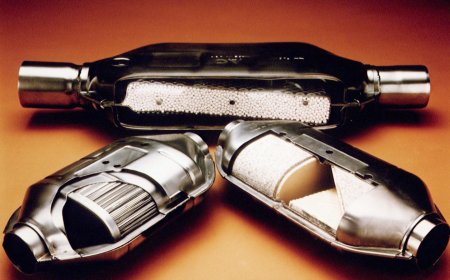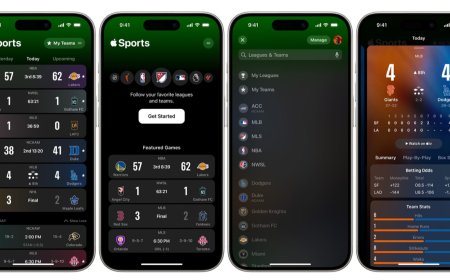How to Blend Without a Blender: A Comprehensive Guide
Learn how to blend without a blender using simple tools and techniques in this informative guide.

How to Blend Without a Blender: A Comprehensive Guide
Blending is a fundamental technique in cooking and is used to create smooth and consistent textures in soups, sauces, smoothies, and more. Blenders are convenient and efficient appliances that make blending quick and easy. However, what do you do if you don't have a blender or your blender is broken?
Blending without a blender is not only possible, but it can also be done using simple tools and techniques that you may already have in your kitchen. In this article, we will explore some of the best methods for blending without a blender.
Methods for Blending Without a Blender
Immersion Blender
An immersion blender, also known as a hand blender or stick blender, is a versatile tool that can be used to blend ingredients directly in the pot or mixing bowl. Immersion blenders are portable, easy to use, and can create smooth and consistent textures in soups, sauces, and smoothies. Immersion blenders come with different attachments that can be used for different tasks, such as whisking and chopping.
Whisk
A whisk is a versatile tool that can be used to blend ingredients together. Whisks come in different sizes and shapes, and each is best suited for specific tasks. A balloon whisk is ideal for whipping cream and egg whites, while a flat whisk is perfect for making sauces and gravies. When using a whisk to blend ingredients, it is best to use a mixing bowl with a non-slip bottom and a flat surface.
Mortar and Pestle
A mortar and pestle is a traditional tool used for grinding and blending spices and herbs. It can also be used to crush and blend other ingredients like nuts, garlic, and ginger. A mortar and pestle is made of two parts, the mortar, which is a bowl, and the pestle, which is a tool used for crushing and grinding. To use a mortar and pestle, place your ingredients in the bowl and use the pestle to crush and blend until smooth.
Rolling Pin
A rolling pin can be used to crush and blend ingredients like crackers, cookies, and nuts. To use a rolling pin, place your ingredients in a plastic bag or between two sheets of parchment paper and use the rolling pin to crush and blend until smooth.
Fork
A fork can be used to mash and blend soft ingredients like avocado and bananas. To use a fork, place your ingredients in a mixing bowl and use the fork to mash and blend until smooth.
Tips for Blending Without a Blender
- Use the right tool for the job. Choose a blending method that is best suited for your ingredients and the quantity you are blending.
- Start with small quantities. Blending smaller amounts of ingredients is easier and less time-consuming.
- Be patient. Blending without a blender can take longer than using a blender, but the results are worth it.
- Use a steady hand. Whether you are using a whisk or a mortar and pestle, a steady hand will help you achieve a smooth blend.
- Take breaks. Blending can be tiring, so take breaks when necessary to avoid getting fatigued.
Conclusion
Blending without a blender is possible with the right tools and techniques. Whether you are traveling, camping, or your blender is broken, there are several methods for achieving the same results. From a hand whisk to a rolling pin, each method has its own unique benefits and can help you create delicious smoothies, soups, and sauces.
What's Your Reaction?






















































